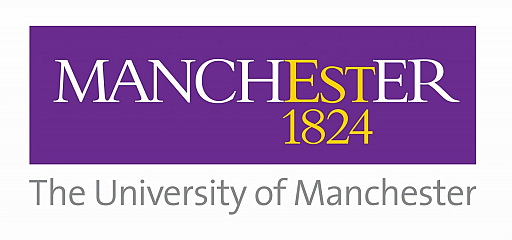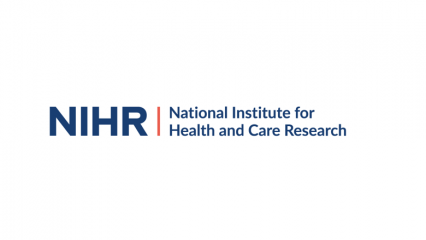Assessing and managing hearing loss: where is the evidence to support clinical practice?
On world hearing day, Professor Kevin J Munro, Manchester Biomedical Research Centre (BRC) Hearing Health Theme Lead and recently appointed member of NICE’s Centre for Guidelines expert advisory panel, reflects on the lack of evidence that underpins clinical decision making in adults with hearing loss and how Manchester BRC is addressing this.
Hearing loss – a large disease burden
One in six people in the UK has a hearing difficulty and this is set to increase to one in five by 2035. Hearing loss is actually the most prevalent sensory deficit and is ranked fourth for years lived with a disability. It causes communication difficulties, frustration, and is associated with social isolation, depression and cognitive decline. Good communication skills are required for children to grow well, for adults to live well and for older people to age well. Therefore, assessing and managing hearing loss is a priority for the NHS. But, where is the evidence to support clinical practice?
Our professional bodies and societies have published a plethora of good practice guidelines. However, there has always been an uneasy suspicion that much of our clinical practice lacks a foundation of high-quality research evidence. The 2018 national guideline on Hearing Loss in Adults by the National Institute for Health and Care Excellence (NICE) confirmed this suspicion.
NICE guideline on hearing loss in adults
Alarmingly, for 50% of the research questions addressed in the guideline, there was either no evidence or the quality of evidence was assessed as low or very low. The quantity of studies that are identified in NICE guidelines varies greatly and for some topics e.g. pain management, there are many studies. The quality of studies also varies greatly but, for some topics e.g. cardiovascular disease, there are examples of large studies of good quality.
When areas were identified for which good evidence was lacking, the committee included research recommendations based on national priorities, the importance to patients, potential impact to the NHS and ethical (and technical) feasibility. Research recommendations include identifying if hearing aids reduce dementia and the effectiveness of monitoring and follow-up.
What next?
The NICE guideline has undoubtedly increased the national profile of hearing loss. However, the evidence on which recommendations are based is limited in quantity and quality. Within Manchester BRC, we are working hard to provide the evidence.
Our research programme builds on new discoveries in prevention of hearing loss, diagnosis and intervention.
By way of example: we are developing new hearing assessment methods for infants, a pharmacogenetic (drug/gene) point-of-care test to prevent deafness by drug related damage to the inner ear (ototoxicity), and using digital technology for internet screening and remote health interventions.
Clinical support and expertise offered by NIHR Manchester Clinical Research Facility will help to facilitate our research as we drive hearing health improvements and lasting change for all, through life-changing research that bridges the gap between new discoveries and individualised care.
Acknowledgement
The guideline referred to in this article was produced by the National Guideline Centre for the National Institute for Health and Care Excellence (NICE). The views expressed in this article are those of the author and not necessarily those of NICE.




